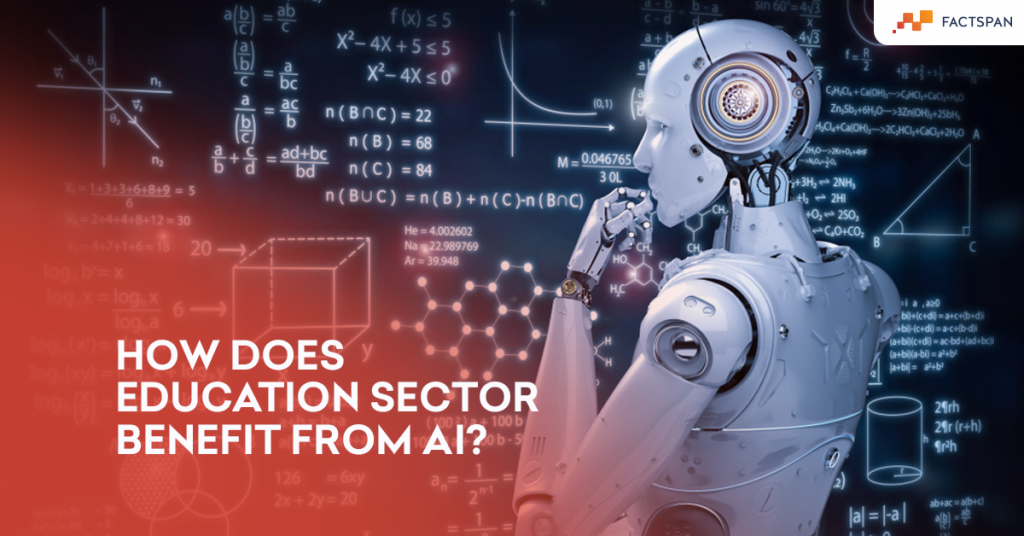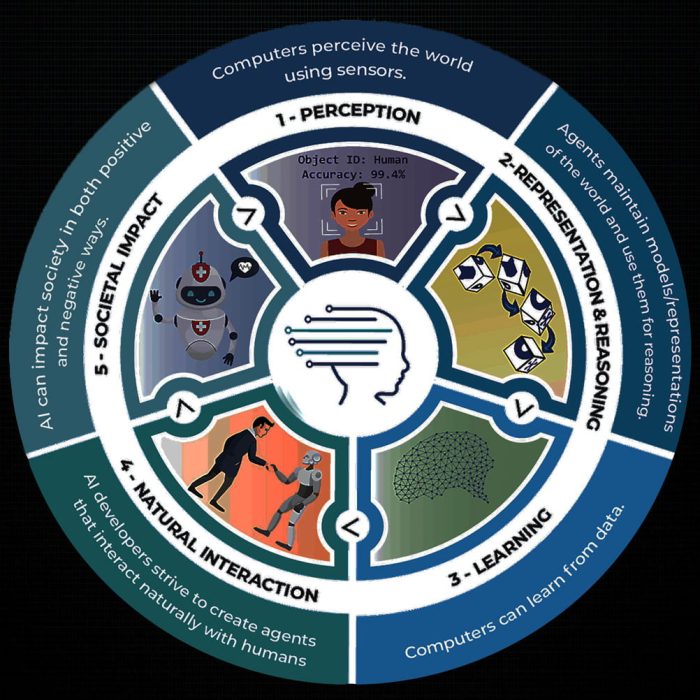AI Tool for Music Production
Learn how AI may be a tool for enhancing educational experiences and learning results.
free use &
commercial
Why AI in the Classroom?
A large category of systems known as Artificial Intelligence (AI) allows machines to simulate highly developed human abilities. It enables individuals to make use of data and analytics to automate routine processes or improve experiences. AI is currently used in a wide range of sectors, including retail, banking, manufacturing, and more. You interact with AI systems every time you use chatbots, click on website recommendations, or write an email or SMS, even if you’re not aware of it.
Since AI is so pervasive in our daily lives, it only makes sense to look for methods to incorporate technology into education in a way that will help students, teachers, and staff. Teachers and administrators can be more available and able to concentrate on the most human-centric component of their professions by integrating intelligent technology, like AI, into schools to handle repetitive or time-consuming duties. This helps kids and staff succeed.
Learning’s from AI in Education
Teachers, employees, and administrators may have more time to interact with kids and other stakeholders if automated AI technologies are implemented in schools.
- By automating repetitive work, providing insightful data analysis, and providing useful tools for students, AI can be utilized in education to raise standards of instruction and enhance the experiences of students, teachers, and staff.
Artificial intelligence (AI) is widely employed now across sectors to enhance operations, develop fresh content, and more. Applying AI as a tool in education has many advantages, including improved productivity from automating repetitive processes and access to insightful data that teachers and administrators may use to enhance curriculum or guide more individualized learning experiences for students. The use of AI in education can allow teachers and administrators spend more time with the students and stakeholders they are directly supporting, which will improve student results and the assistance provided to teachers, staff, schools, and stakeholders. Today, AI is being used widely across sectors to support and enhance operations and develop fresh, interesting experiences.
What Role Can AI Play in Education?
AI in education can present a chance to simplify administrative and educational responsibilities for educators
Administrators can concentrate more on connecting directly with and supporting students, staff, and other stakeholders as artificial intelligence in education transforms learning, according to Intel.
global AI Trends
Global Trends in AI Are Here
request PD For your District
Bring you School District Right Into the 21st Century
Check Out Resources for AI
Videos and Useful Links
Taken into Account Student (Attendance)
Artificial intelligence (AI) can be used by administrators and office personnel to monitor student attendance, keep track of when parents report known absences, or alert parents of unannounced absences or tardiness. By automating attendance taking, administrators and office staff may focus their efforts on more crucial activities, such as offering instructors and students the support they need during the school day, as well as visitors and other people who contact or visit the facility.

Essay evaluation
Continuity Notes
Class and Student Comprehension
Depending on the test-taking method, teachers currently have a few alternatives for automatically calculating student test results. Teachers can further assess students’ broad understanding of many disciplines with the use of AI systems. For instance, using AI-driven insights, teachers might instantly determine a class’s or a student’s level of understanding of a subject based on individual and group performance on assignments and assessments. Then, based on individual knowledge gaps, teachers might utilize this data to decide whether they need to revisit certain topics in class or tailor students’ learning in some other way. Similar to how it could inform curriculum modifications or point out areas that want improvement, this information could assist district personnel and officials in determining whether such issues are broadly understood in classrooms and other schools.
Making AI Systems Available to Teachers and Staff
AI is not intended to take the position of administrators or teachers in a learning environment. Instead, AI in education can aid in automating processes that administrators and instructors find themselves spending too much time on. With all the duties that administrators and instructors have, AI can handle those time-consuming activities, freeing them up to concentrate on helping pupils thrive in school and in the future.
The phrase “man-made machine that exercises problem-solving or decision-making abilities traditionally associated with humans” is a decent definition of artificial intelligence (AI), albeit not everyone agrees.
An artificial intelligence (AI) is a human-made system, such as a computer program, that simulates human-like problem-solving or decision-making processes.
The lifeblood of AI is data.
(Without data, AI is impossible.)
In data, AI discovers patterns.
What is an instance of artificial intelligence (AI) that you use or observe in your daily life? How does it employ AI?

AI for Children
With Intel’s AI for Youth program, empower today’s students with tomorrow’s advancements.
Learn AI for Kids
AI Education in the Classroom
Learn how to teach artificial intelligence in K–12 schools to better prepare your students for the future.
Recognize AI
Advice on Selecting the Correct Device
Find out what to consider when choosing dependable, secure devices for employees, teachers, and students.
Discover the ideal device for you.

AI in Academic Setting
View the ways in which various forms of artificial intelligence enhance human ingenuity.
View the video.
Resources for Higher Education Technology
Intel’s innovations in higher education support academics, researchers, and students by giving them the knowledge and tools they need to realize their ideas.

What uses of AI are there in education?
Artificial intelligence (AI) in education can assist in automating time-consuming chores, such as marking essays and collecting attendance, freeing up instructors and administrative personnel to directly support students and other members of the school community. On the basis of analysis of student and class exam and assignment performance data, AI can also be utilized to offer special insights for teachers and administrators, such as subject comprehension.

What benefits does AI have for education?
The purpose of technology in a classroom or educational setting is to simplify activities. Teachers, employees, and administrators can leverage AI-generated insights to improve educational materials and individual learning when technology—like AI-based systems—is used as a supportive tool. This frees up vital time to concentrate on the most human-centered tasks. allowing employees and students to achieve is a goal-centric part of their work.
PoWwer Media
Video
Resources
A growing resources from a diverse mix of AI content creators.













